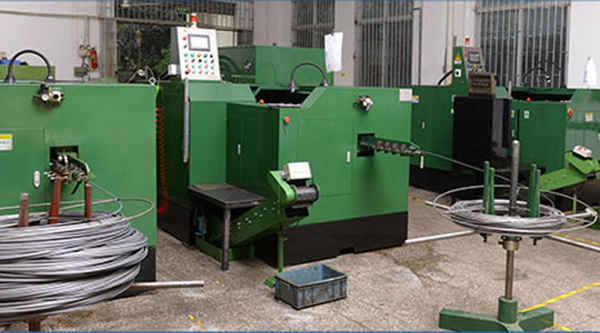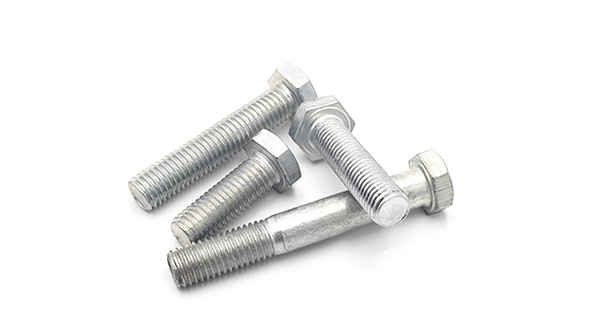What is the tolerance range of precision screws?
What is the tolerance range of precision screws?
Service Hotline
+86760-8787 8587We have more than ten years of production experience in the screw industry. The main products are: shoulder and other height bolts, shrapnel ball nuts, hollow pins with smooth surface, pull caps, high-tech production, hex bolts and nuts, locking self-locking nuts, cross large flat Head screws, nut combination screws, copper and copper alloy screws, cup head hexagon socket knurled bolts, small semi-circular head low square neck bolts, countersunk head torx bolts, single-headed copper posts, cap pass-through gauges and other fasteners, Due to the different materials and specifications of the products, the prices are also different, please contact us if necessary.


Riveting is the most traditional way of connecting metal parts. It has the advantages of easy operation, high reliability and not easy to deform. It is widely used in the skeleton of outdoor products such as tents and camp beds. Commonly used aluminum alloy rivets use their own deformation or interference to connect the parts of the riveted parts in the riveting process. Due to cost and functional considerations, the rivet and the riveted material are often different, which is easy to occur in outdoor high humidity. Electrochemical corrosion, and the commonly used high-strength thin-walled pipes have a large shear stress on the aluminum alloy rivets at the riveting point. Under the combined action of the above two factors, it is easy to cause deformation or even breakage at the riveting point, which affects the life of outdoor products. A kind of Corrosion and shear resistant aluminium alloy rivets.

When the mechanical components are installed on the concrete foundation, the J-shaped and L-shaped ends of the bolts are embedded in the concrete for use. The tensile capacity of the anchor bolt is the tensile capacity of the round steel itself. The size is equal to the cross-sectional area multiplied by the allowable stress value (Q235B: 140MPa, 16Mn or Q345: 170MPA), which is the allowable tensile capacity at the time of design. The anchor bolts are generally made of Q235 steel, which is smooth and round. Rebar (Q345) is strong, and the thread of the nut is not as easy to be round. For light round anchor bolts, the burial depth is generally 25 times its diameter, and then a 90-degree hook with a length of about 120mm is made. If the bolt diameter is large (such as 45mm) and the buried depth is too deep, a square plate can be welded at the end of the bolt, that is, a large head can be made (but there are certain requirements). The burial depth and hook are all to ensure the friction between the bolt and the foundation, so as not to cause the bolt to be pulled out and damaged.


The nuts of some products must be installed on the outside, but due to the small internal space, when the indenter of the riveting machine cannot meet the strength requirements by methods such as riveting and budding, riveting and riveting are impossible. Rivets to be nailed. Applicable to the fixed field of each thickness plate and tube (0.5MM-6MM). Using pneumatic or manual riveting equipment, rivet once and it is easy to secure. Replacement of the existing welding nut to supplement the metal plate, the thin tube welding is easy to melt, and the welding nut is not smooth.

There are generally two, one is iron, that is, carbon steel. One is stainless steel, and of course there are copper and aluminum nuts, but these are rarely used. Copper is more or less useful, and nuts like aluminum are rarely used.

The above content is uploaded by Yueluo or the Internet. If there is any copyright issue, please contact [email protected].

What is the tolerance range of precision screws?

How to choose the right stainless steel screw manufacturer?

Why is there an R angle under the head of the hexagon head s...

We have more than ten years of production experience in the ...

We have more than ten years of production experience in the ...

We have more than ten years of experience in screw industry ...

We have more than ten years of experience in screw industry ...